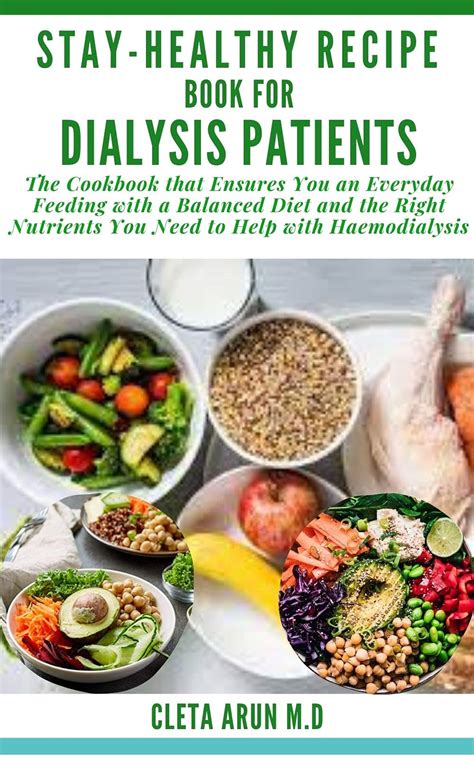Recipes for ALS Patients: Nourishing the Body, Supporting the Journey
Amyotrophic Lateral Sclerosis (ALS) presents unique challenges, and maintaining adequate nutrition is crucial for comfort and overall well-being. This article provides a collection of recipes designed to address the common dietary difficulties faced by individuals with ALS, focusing on ease of consumption, nutritional value, and taste. We emphasize the importance of consulting with a healthcare professional or registered dietitian for personalized dietary advice tailored to individual needs and disease progression.
Understanding Dietary Needs in ALS
ALS affects the muscles responsible for swallowing and chewing, leading to difficulties with eating and drinking. Weight loss, malnutrition, and dehydration are common concerns. Therefore, recipes should focus on:
- Soft, easily-chewed textures: Purees, finely chopped foods, and soft cooked items are preferred.
- High calorie and protein content: These are essential for maintaining weight and muscle mass.
- Nutrient density: Maximize the nutritional value of each bite to compensate for reduced food intake.
- Hydration: Encourage regular fluid intake throughout the day, potentially using thickened liquids as needed.
- Ease of preparation: Simple recipes that minimize cooking time and effort are crucial.
Recipe Categories: Making Mealtimes Easier
Here are some recipe categories and examples to help diversify the diet of an ALS patient. Remember to adjust seasonings and ingredients according to individual preferences and tolerances.
High-Protein Smoothies
These are quick, nutritious, and easily adjustable.
Recipe Example: Berry Protein Power Smoothie
- 1 cup mixed berries (frozen or fresh)
- 1 scoop protein powder (whey, soy, or plant-based)
- 1/2 cup Greek yogurt (high in protein)
- 1/2 cup milk (dairy or non-dairy)
- 1 tablespoon chia seeds (added fiber and omega-3s)
- Honey or maple syrup to taste (optional)
Blend all ingredients until smooth.
Soft and Creamy Soups
Soups offer a good source of hydration and nutrients in an easily digestible form.
Recipe Example: Creamy Tomato Soup
- 1 (28 ounce) can crushed tomatoes
- 1 cup vegetable broth
- 1/2 cup heavy cream or coconut milk
- 1 tablespoon olive oil
- 1 teaspoon garlic powder
- Salt and pepper to taste
Sauté garlic powder in olive oil. Add tomatoes and broth; simmer for 15 minutes. Blend until smooth. Stir in cream and season to taste.
Mashed and Pureed Main Courses
These provide essential nutrients in a manageable texture.
Recipe Example: Chicken and Vegetable Puree
- 1 cup cooked chicken breast, shredded or chopped finely
- 1 cup cooked carrots, finely chopped or pureed
- 1/2 cup cooked potatoes, mashed
- 1/4 cup chicken broth
- 1 tablespoon olive oil
- Salt and pepper to taste
Combine all ingredients and blend until smooth and creamy.
Thickened Liquids and Desserts
Maintaining hydration is crucial. Thickened liquids can help with swallowing difficulties.
Recipe Example: Applesauce with Thickener
- 2 cups unsweetened applesauce
- 1-2 tablespoons thickening agent (as recommended by a healthcare professional or dietitian)
Mix the applesauce and thickening agent according to package directions.
Important Considerations
- Consult a healthcare professional: Always discuss dietary changes with a doctor or registered dietitian before making significant alterations to an ALS patient's diet.
- Individualized approach: Nutritional needs vary significantly. Adapt recipes to meet individual preferences and tolerances.
- Safe swallowing techniques: Work with a speech therapist to learn safe swallowing techniques to prevent choking and aspiration.
- Adaptive eating utensils: Consider using adaptive eating utensils or assistive devices to make mealtimes easier.
This article provides general guidelines. Remember that a personalized approach is key to ensuring adequate nutrition for individuals with ALS. By adapting these recipes and focusing on ease, nutrition, and comfort, you can help improve the quality of life for those living with this challenging disease.

